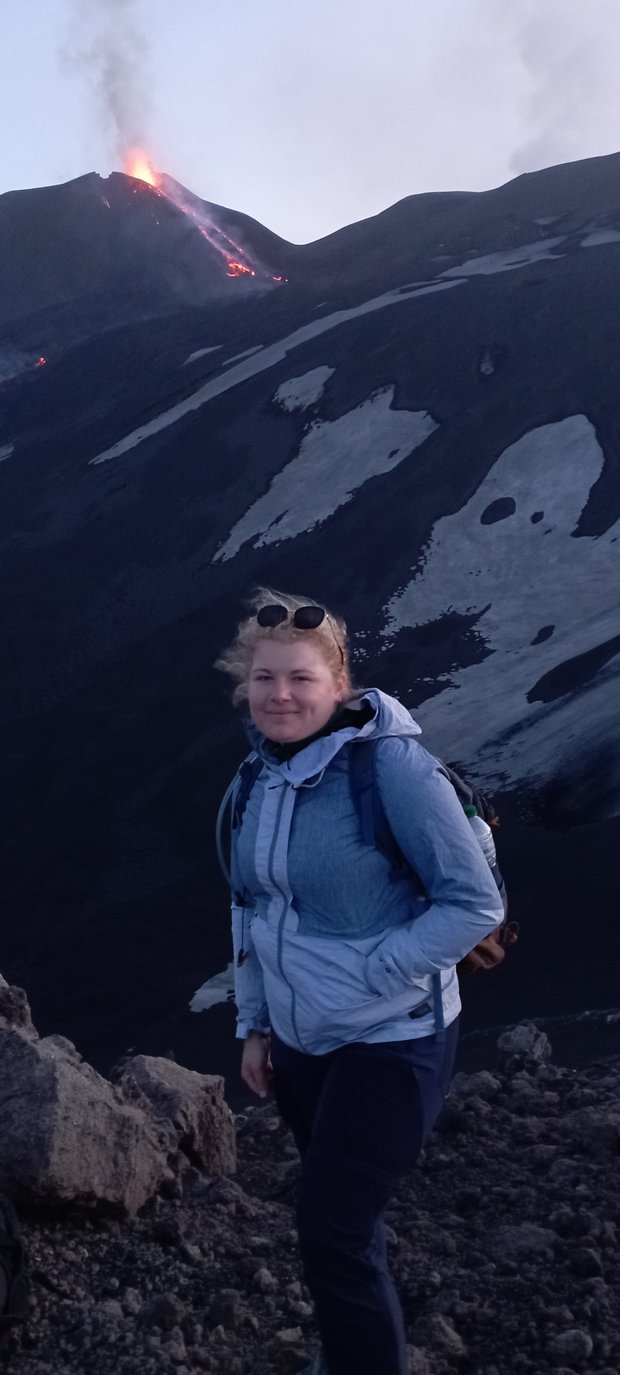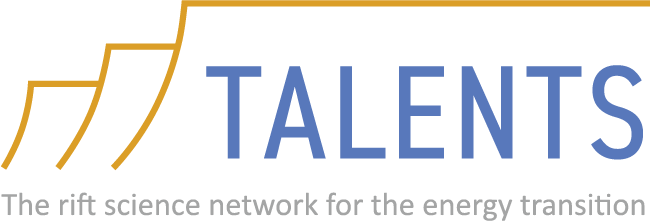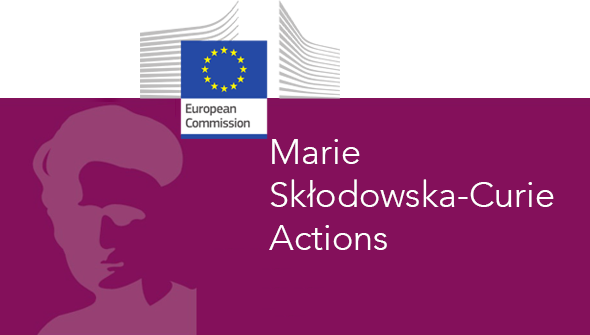
Amélie Viger
Project: Bridging spatial and temporal scales of tectonic activity in active rift environments
Short description:
Evaluation and assessment of a variety of datasets that cover the short- and long-term fault activity in the Corinth rift.
My research objectives:
I aim to understand better how rifts evolve, overprint pre-existing structures, and interact with neighboring structures in areas undergoing active extension. I will study structural geology, geomorphology, remote sensing, geological, geodetic, and geophysical data to investigate the spatial-temporal relationships/interactions and seismic cycle's active continental rift. To address these issues, what better way than to study one of the world's most active rifts: the Gulf of Corinth.
Research background:
I started the first two years of my bachelor's in Environmental Earth Sciences at the University of Rouen Normandy, and then I finished and obtained my Bachelor’s degree in Geosciences at Grenoble Alpes University. I did a voluntary internship there to map marine terrace sequences in Barbados.
I graduated with a Master’s degree in Geodynamics and Geomaterials at Montpellier University. My first Master’s internship involved modeling (Python) density contrasts in subduction zones and studying the associated synthetic gradiometry signals. My master’s thesis focused on interseismic deformation in Southeastern Sicily, whose potential origins, such as lithospheric flexure or aseismic creep, have been performed (Python, Matlab) to better understand the seismic cycle of the region. Following graduation, I had the chance to write a research article on my MSc thesis works

